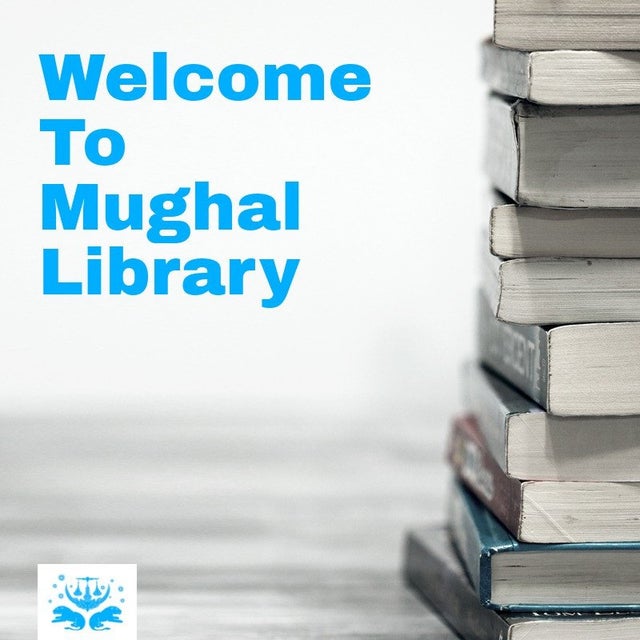
Know more about Mughal LibraryKnow more about Mughal Library
The Mughal Library at Basrah is a repository of important resources to support the study, teaching and learning needs of the community. The library is home to thousands of books and periodicals on various subjects of interest. The scope of the library is practically endless, with reference materials ranging from the medieval to the modern world, covering all areas of art, culture, education, medicine and sciences. The library provides quality reference resources and educational services, based on the rich history influenced by the Mughal rule. It is a centre for all types of community activities and social gatherings. It has built in entertainment facilities such as billiards and computer labs.
In addition to the reading materials, the library also houses many rare and antique pieces of jewelry, textiles and miniature paintings from the Mughal period. The rare miniatures include the so-called ‘golden age’ which are mainly the work of art on silk ground and fabric. The miniature paintings include miniatures of people, places, animals and natural scenes. The collections of antique jewelry include bracelets, necklaces, rings, earrings and silverware. The Persian carpets and other items of furniture make attractive additions to the collection. There is a special section focusing on Indian furniture and carpet making.
The mission style of architecture of the Mughal era is reflected in the architectural features and decor of the library. The walls are decorated with tiles and wall hangings. The focus is on decorative elements and embellishments, which are reminiscent of the mughal age. The extensive collection includes carpets, metal work, woodwork, silverware, glassware and wall hangings. A number of rare articles on paper are also found.
The main areas for research in the mughal library are the four libraries (readymade manuscripts, manuscript collection, reference and bibliography). These contain about thirteen thousand manuscripts which cover different subjects like politics, economy, science, medicine, agriculture, religion, poetry, travel, fine arts, architectural designs, inscriptions, literature and history. All these manuscripts are arranged by genre, region and topic. Reference works on a wide range of topics, such as the works of the shahids, nazca’s, Tabari’s, Shah jahan’s, treatises on grammar, mathematics and science are also present.
Access to the library is via paid and free access. Researchers and students can gain valuable knowledge on various topics by taking part in the numerous seminars and workshops organized by the library on a regular basis. Special lectures on certain topics on the history of art, architecture, coins, currency, commerce, economy, law and medicine are regularly scheduled. The student of arts, culture and handicraft can also derive benefit by participating in these programs. Public libraries, Islamic books stores, bookstores and online shops are some of the other sources of information on mughal architecture, coins, jewelry and textiles available to the visitors.
The most popular book genres in the mughal library are those relating to the period of the mughal kings, known as the mughal era. There is an enormous collection of books in this genre that provide interesting insights into the lifestyle, customs, arts, culture and politics of this period. Some of the most famous books in this genre include Akbar’s Tasks in the Taj Mahal by Akbar Chishti, The Autobiography of Tipu Sultan by Akbar’s son Humayun and Mughal Pottery by Mirza Dabeer.